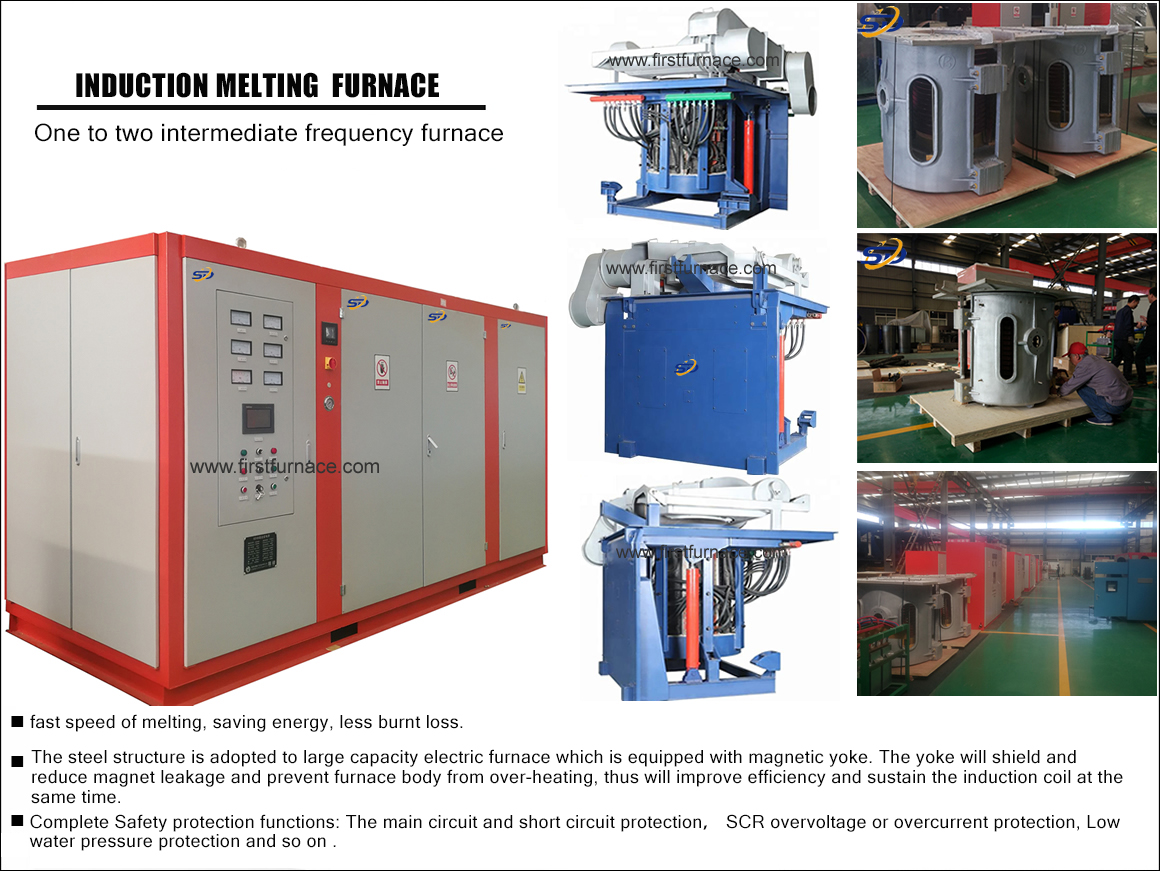Sales hot line ( 24 hours service): 18037961302
E-Mail: firstfurnace@gmail.com
whatsapp:+8618037961302
Adress: Luoxin Industrial Park, Luoyang, HenanLarge diameter steel pipe quen
Piston rod quenching and tempe
Grinding rod quenching and tem
High frequency induction heate
Quenching equipment for machin
Round steel end heating furnac
Steel pipe heat treatment prod
Square steel quenching and tem
Sucker rod quenching and tempe
Thickened petroleum steel pipe
Round steel quenching and temp
Steel pipe quenching and tempe
Steel plate quenching and temp
Induction Hardening Machine&nb
Flywheel ring gear high freque
Big steel rod walking induction heating furnace
The induction heating furnace used for heating the hot forming blank can be divided into two types: push type and walking type according to the feeding method of the blank. Choose the furnace type used according to the size, productivity and heating temperature of the blank. Generally, push-type induction heating furnaces are used for small steel bars, and walking induction heating furnaces are used for large steel bars.
1. The working principle of the stepping mechanism
The push-type induction heating furnace has only a pair of water-cooled guide rails in the inductor. The blanks are placed on the guide rails. The blanks are pushed in from one end of the inductor one by one by hydraulic, pneumatic or mechanical means, and the required requirements are reached through the inductor. Heat the temperature and push it out from the other end of the sensor. The stepping induction heating furnace has two pairs of water-cooled guide rails in the inductor. One pair of guide rails is fixed and used to bear the quality of the blank during heating; the other pair of guide rails are movable to hold the blank and The length of one material level is fed forward. The working principle of the stepping mechanism is shown in Figure 12-3 . In normal heating, the blank Kis placed in a fixed guide rail dead on, when the required feed activities guide rail network to rise away from the blank hold the fixed rail, and then moved forward a blank length, then down, put the blank On the fixed guide rail, and move backwards horizontally, it will return to the normal heating state, that is, after the movable guide rail completes a square movement, it completes a feeding task, and at the same time loads a blank for the next feeding. use.
2. Advantages and disadvantages of walking induction heating furnace
Push-type induction heating furnace because the blank feeding mechanism is relatively simple, easy to manufacture and maintain, the gap between the coil of the inductor and the blank is small, and there is only a pair of water-cooled guide rails in the inductor, so the heating efficiency is high, but because of the blank It is pushing forward one by one. When the diameter of the blanks is larger and the heating temperature is higher, the bonding phenomenon between the blanks is prone to occur. At the same time, because the blank is pushed forward, the friction between the blank and the guide rail affects the service life of the guide rail. Another disadvantage is that when the furnace is shut down, the blank remains in the inductor and cannot be fully ejected. Therefore, this push-type induction heating furnace is suitable for the heating of blanks with a diameter of less than 60mm and a heating temperature of less than 1200V .
Since the stepping induction heating furnace has two pairs of water-cooled guide rails, a pair of movable guide rails hold the blank for horizontal movement, which increases the gap between the inductor coil and the blank, increases magnetic flux leakage, and reduces the heating of the inductor. Efficiency, the power consumption is increased by 5%~10% compared with the push-type induction heating furnace . Since the blank is held by the movable guide rail for horizontal movement, there is no friction between the blank and the guide rail, and there is no problem of extrusion between the blanks. Although the heating temperature is high, there will be no adhesion phenomenon. When the furnace is to be shut down, all the blanks in the inductor can be discharged. Therefore, the walking-type induction heating furnace is suitable for heating with a blank diameter greater than 80mm and a heating temperature greater than 1200 degrees .
3. Structure of walking induction heating furnace
The stepping induction heating furnace used for heating large steel rods is mainly composed of an inductor, a stepping mechanism, a heat preservation cover and a homogenizing greenhouse.
Inductor : Use 16mm x 16mm x 3mm pure copper tube to make three coils with larger inner diameter. The copper pipe is wrapped with an insulating layer and is cooled by water during operation. There is a heat-resistant sleeve in each coil, and aluminum silicate fiber felt is filled between the two for heat insulation, and an insulating end plate and tie rod bolts are used to form a whole. Three inductors are connected in parallel for power supply and arranged in sequence. Each inductor is equipped with 4 pieces of steel rods, and one piece of material is fed according to Imin . The total heating time of the steel rods is 12 minutes . There is a space of two steel rod lengths between the two inductors, and a stepping mechanism is installed to support the movable guide rail, and the steel rod has a 4min soaking time. The long distance between the inductors is good for heating and uniform temperature, but it brings difficulties to the design and layout of the stepping mechanism. The movable guide rail is easy to bend due to the large number of steel rods, which hinders the feeding. The first inductor has fewer turns and higher power, and the steel rod is quickly heated to about 900Y ; the second and third inductors have more turns and lower power, and continue to heat the steel rod to 1150Y . This kind of sequential induction heating has fast temperature rise and high efficiency, which is beneficial to the reduction of the radial temperature difference of the blank. Stepping mechanism: Two pairs of fixed and movable guide rails are made of heat-resistant stainless steel pipes, which are cooled by water during operation. The support frame is welded by section steel. The stepping mechanism adopts hydraulic transmission, one hydraulic cylinder makes the movable guide rail move up and down, and the other hydraulic cylinder makes the stepping mechanism move forward by a material distance, which is controlled by the stroke limit switch interlock. Adjust the switch position to send blanks with a certain length range. The feeding cycle time is controlled by the time relay, and the setting value can be changed to adjust the heating temperature and productivity of the blank. A blank is fed in 16 steps and passes through all the sensors to complete heating.
Furnace frame: It is made of welded steel, and the sensor, stepping mechanism and operation control device are installed on it to form a whole.
Insulation cover and homogenization chamber: An insulation cover is set between the two inductors to reduce the heat loss of the blank during the heating process. A homogenizing chamber is installed at the discharge end of the third sensor to reduce the radial temperature difference of the blank. Both are made of steel plate and lined with aluminum silicate fiber felt.
4. Main parameters of induction heating furnace
The main technical parameters of the large steel rod walking induction heating furnace are shown in Table 12-1 . Table 12-1 Main technical parameters of walking induction heating furnace
|
name |
data |
Remark |
name |
data |
Remark |
|
Blank diameter /mm Length /mm Mass /kg Heating temperature /T Cycle time /min |
120 165 14.6 1150 1 |
Adjustable Adjustable |
Productivity/ (kg/h) power /kW voltage /V Current frequency /Hz |
876 400 680 700 |
Adjustable Adjustable |
5. Temperature measurement test
|
|
In order to grasp the operating performance of the heating furnace, the temperature change of the blank during the heating process and the radial temperature uniformity at the end of heating, as well as the degree of influence of the water-cooled guide rail on the temperature uniformity of the blank, were tested. Representative blank in the middle of three apertures drilled on the same section, the three towel 6mm of shackles shackles Ming Chuan aluminum sheathed thermocouple head 1 connected to the holes, see Figure 12-5 O compensating cables and XWX -204 Type 2 automatic temperature recorder is connected for measurement.
In order to facilitate the thermocouple and compensation wire to pass the inductor smoothly with the blank, the movable guide rail is removed, the blank is placed on the fixed guide rail, and the hydraulic cylinder is used to push and heat. When there is no holding room between the two inductors and the water outlet temperature of the fixed rail is 60T , the heating temperature curve of the blank is shown in Figure 124 .
|
|
The curve shows that the power configuration of each sensor is reasonable, and the temperature change conforms to the law. Ending the heating temperature of the blank are: = 1203 T : , T 2 = 1109 ^, T . 3 = 1149 ^, the average temperature, = 1156T , meeting expectations for forging in general use. The temperature difference between the surface and the core is 40~94T, and the circumferential surface temperature difference is 54Y. This is caused by factors such as the rough contact with the water-cooled guide rail, the short heating and uniform temperature time, and the high frequency of the power supply. When the movable guide rail is put into operation in normal production, the radial temperature difference will increase, and local over-temperature or low temperature may occur. In the subsequent transportation and thermoplastic processing, although it has a certain temperature uniformity effect, it has little effect on improving the circumferential temperature difference of the blank. Therefore, when applied to the stamping operation, a horseshoe shape appears at the mouth of the product and the wall thickness is uneven. The process requirements cannot be met, and corresponding measures must be taken to reduce the temperature difference of the blank. Therefore, a homogenizing chamber is added at the discharge end of the third sensor to reduce the temperature difference on the circumference of the blank.

Iron induction furnace
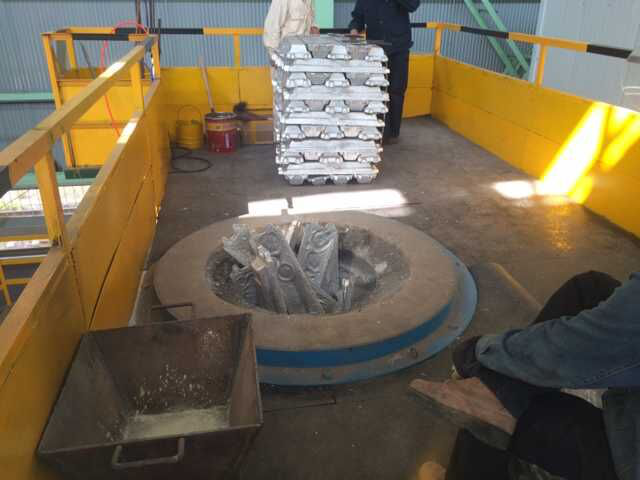
Aluminum melting furnace

Copper melting furnace
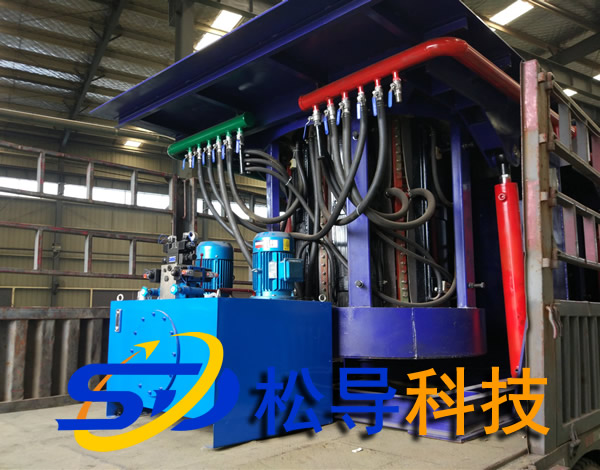
Small steel melting furnace
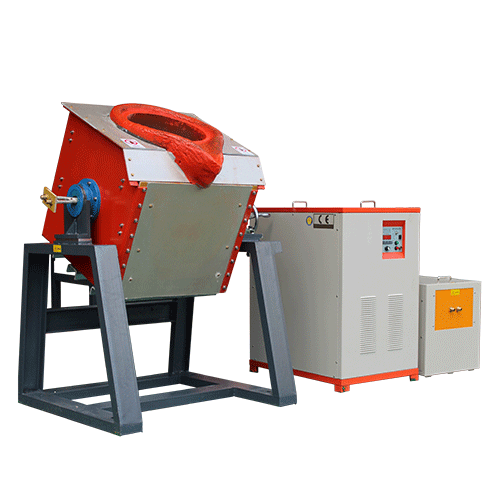
Small induction melting furnace
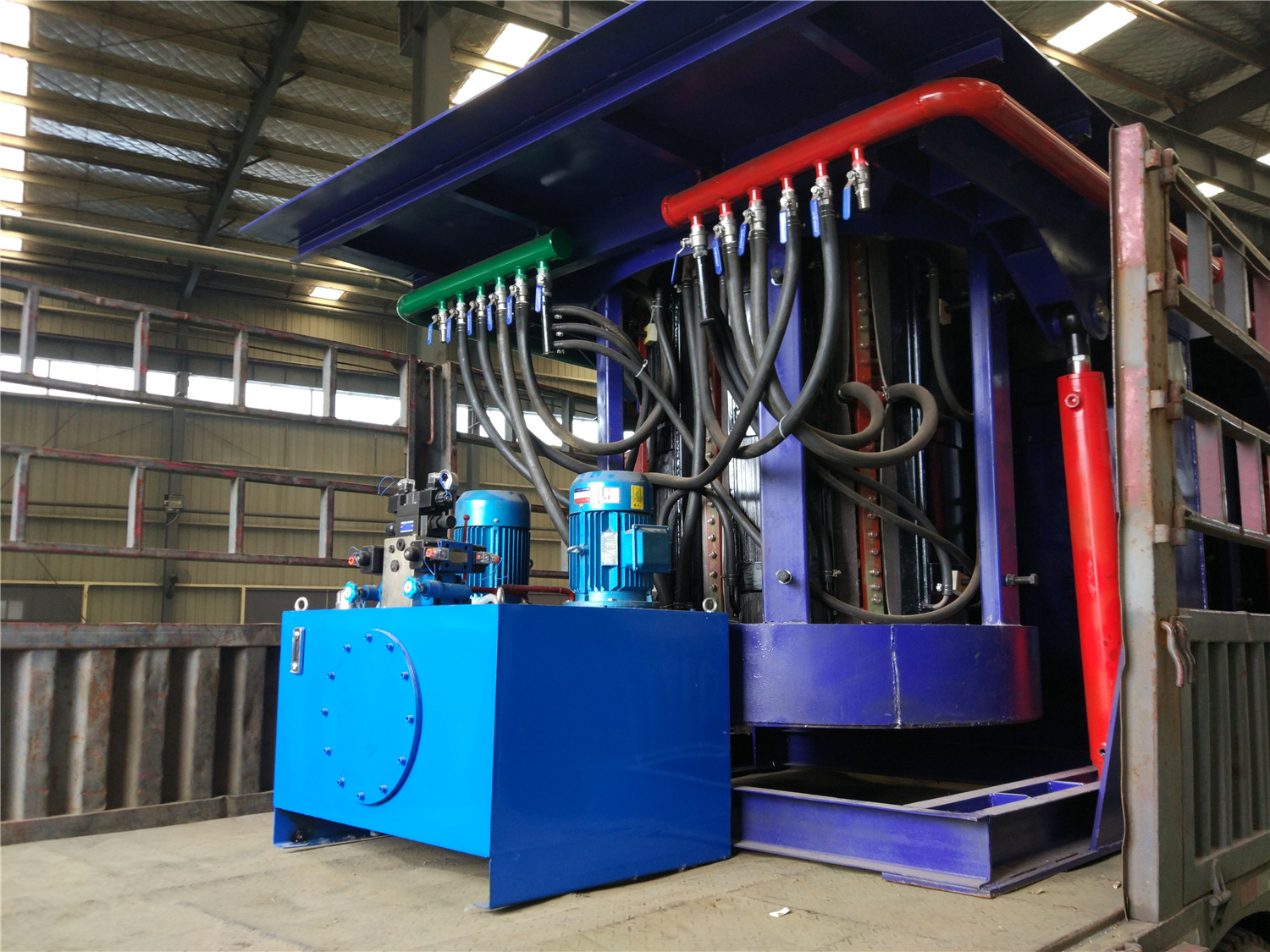
Induction iron furnace
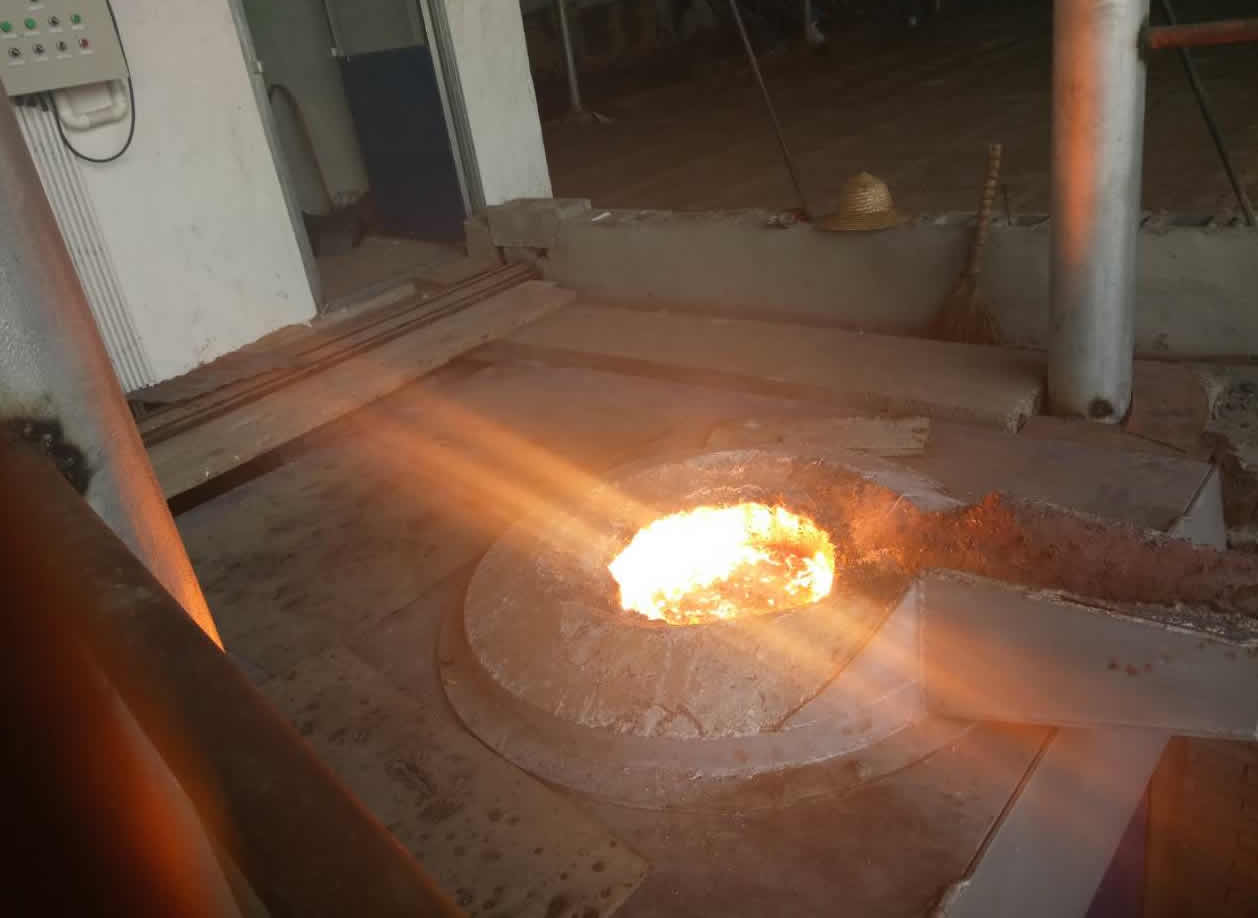
3T intermediate frequency iron melting f
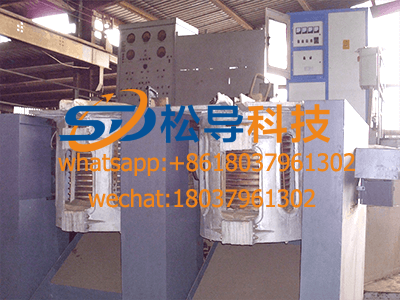
0.25T Intermediate Frequency Furnace
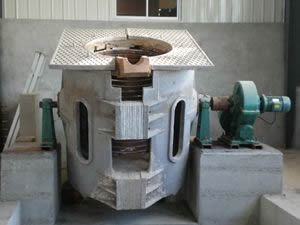
0.5T Intermediate Frequency Furnace
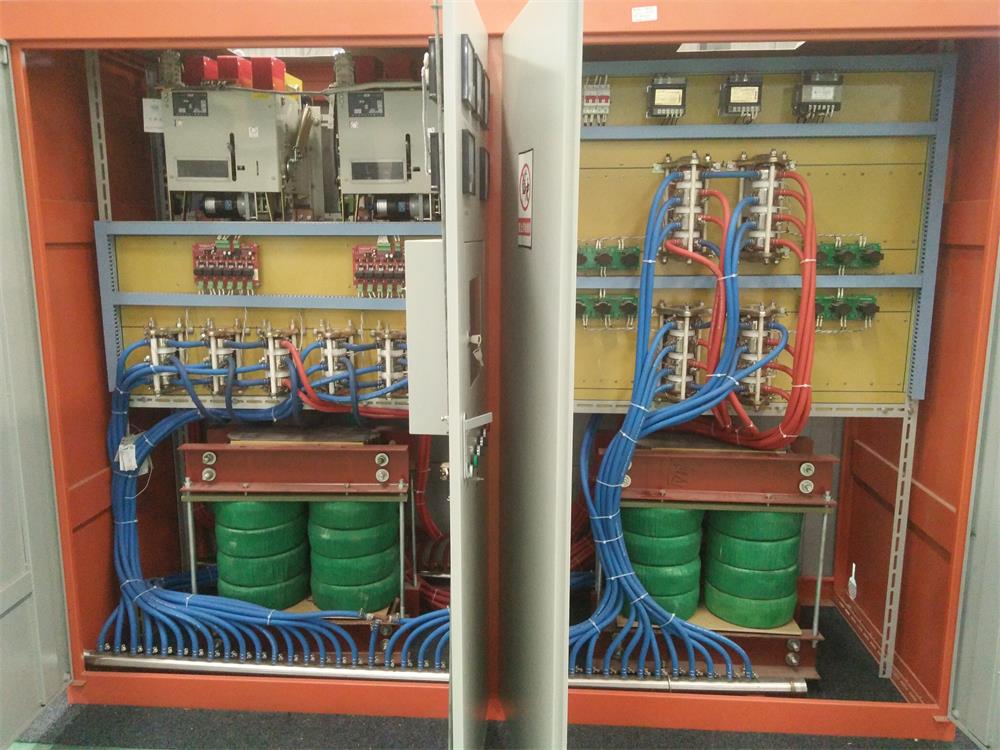
Medium Frequency Furnace

2T Induction Melting Furnace
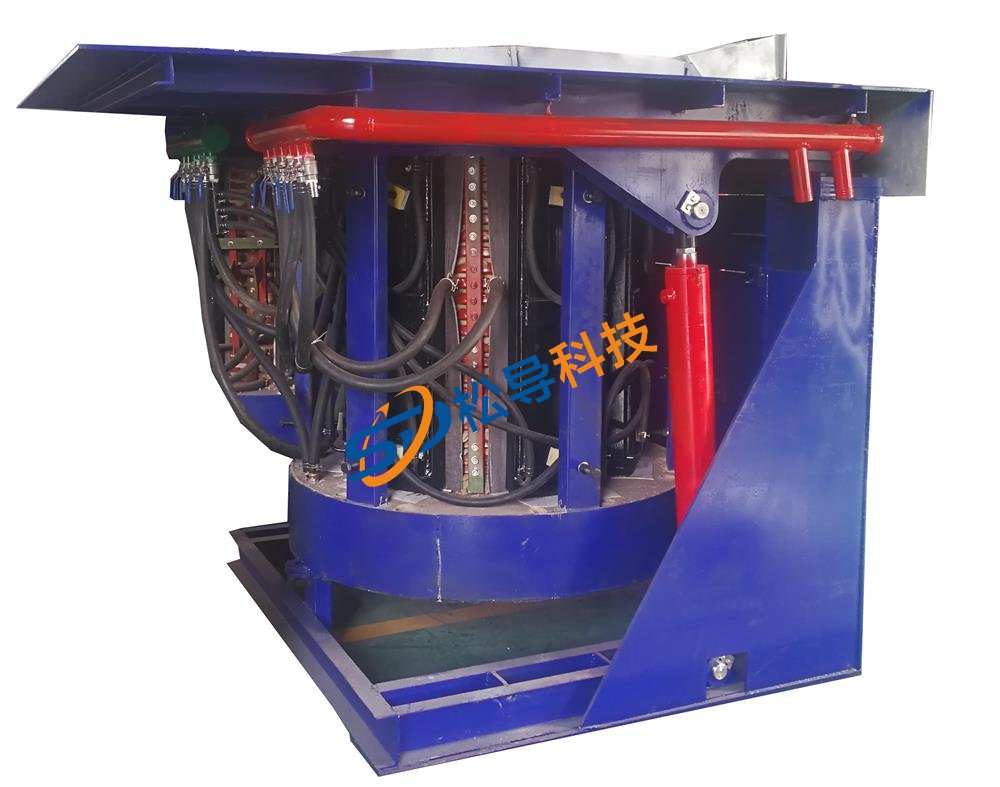
1T Induction Melting Furnace
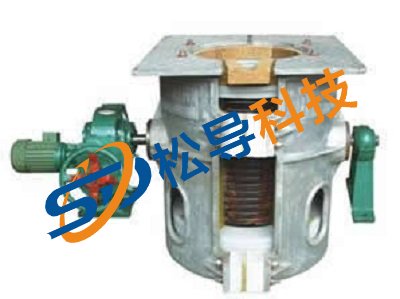
500kg Induction Melting Furnace
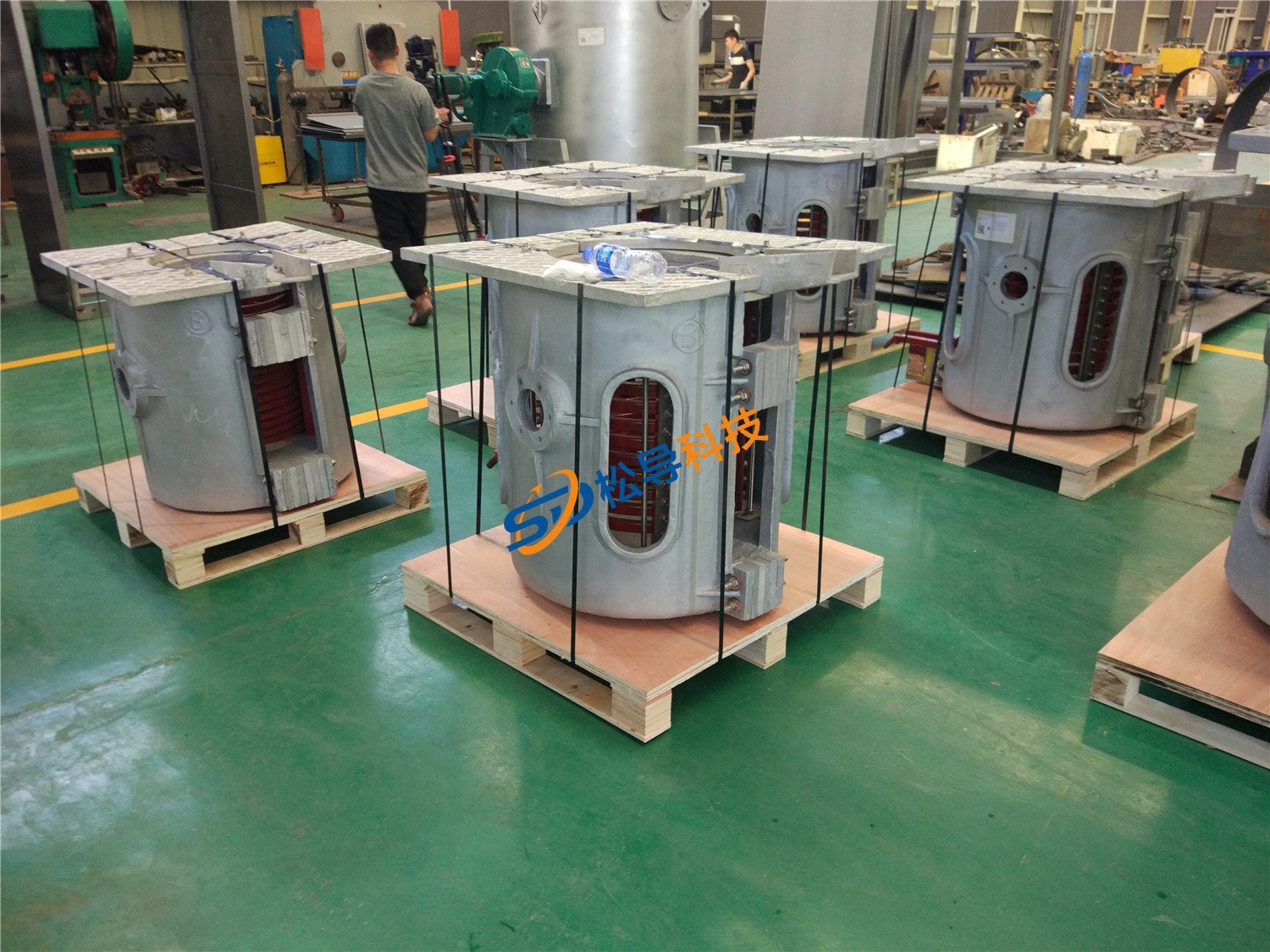
250kg Induction Melting Furnace
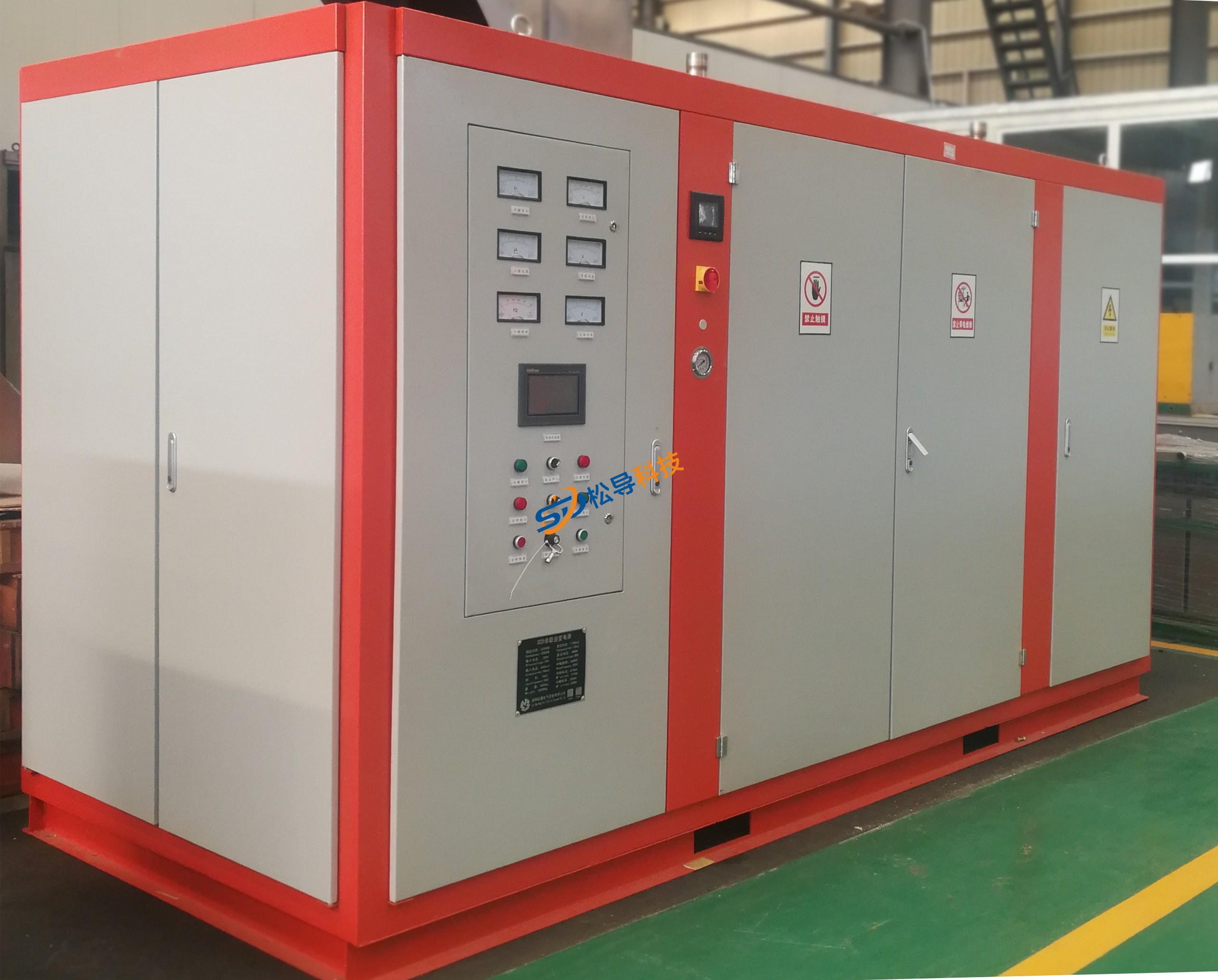
Induction Melting Furnace
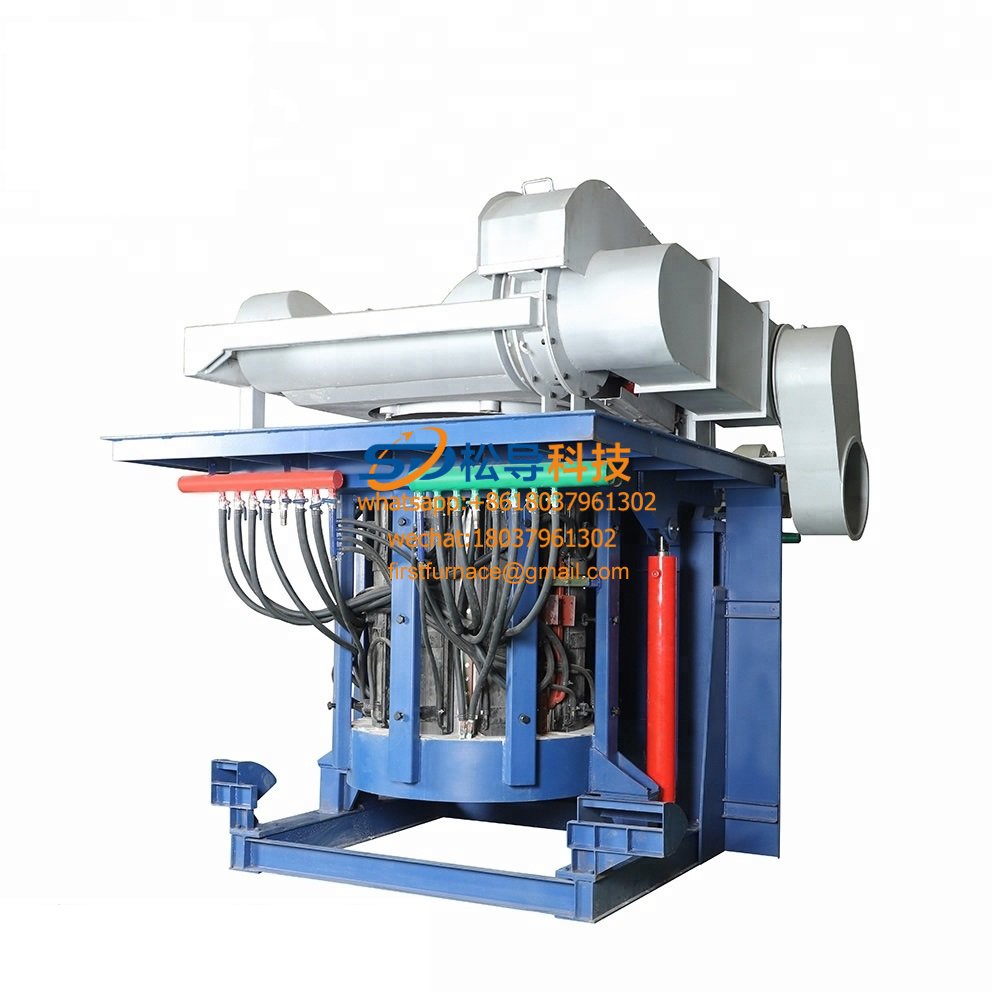
3 T Induction Melting Furnace
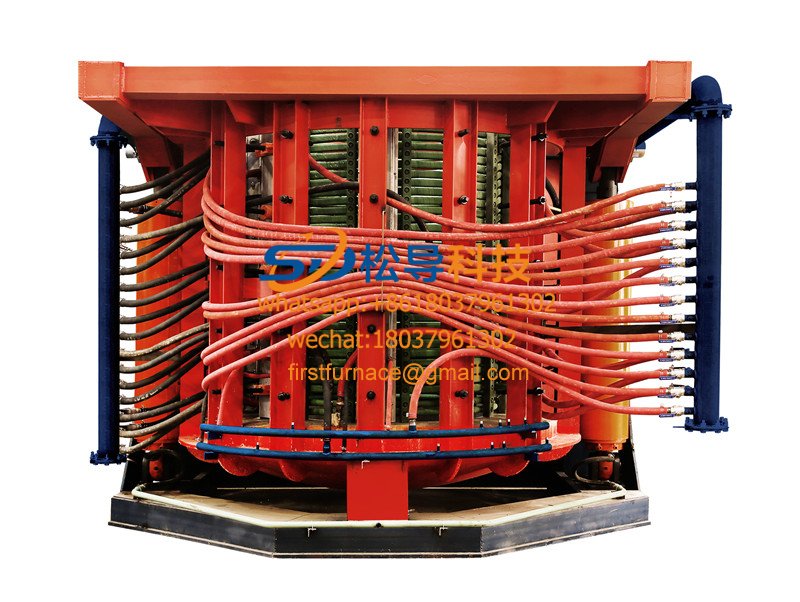
5T Induction Melting Furnace
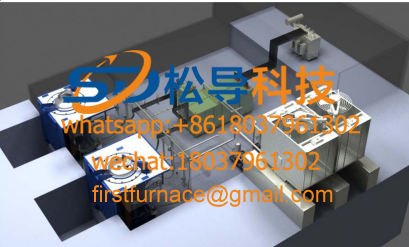
1T One Belt Two Intermediate Frequency F

5T One Belt Two Intermediate Frequency F
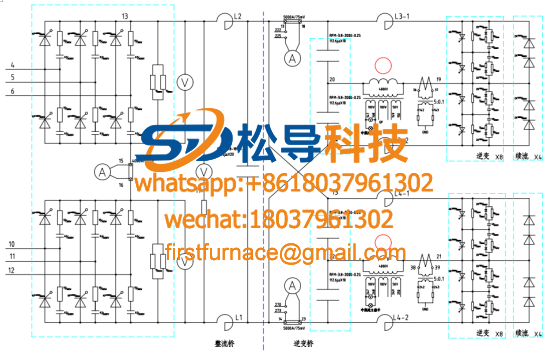
3T One Belt Two Intermediate Frequency F
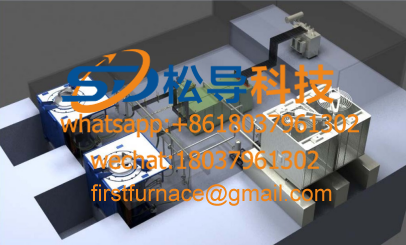
2T One Belt Two Intermediate Frequency F
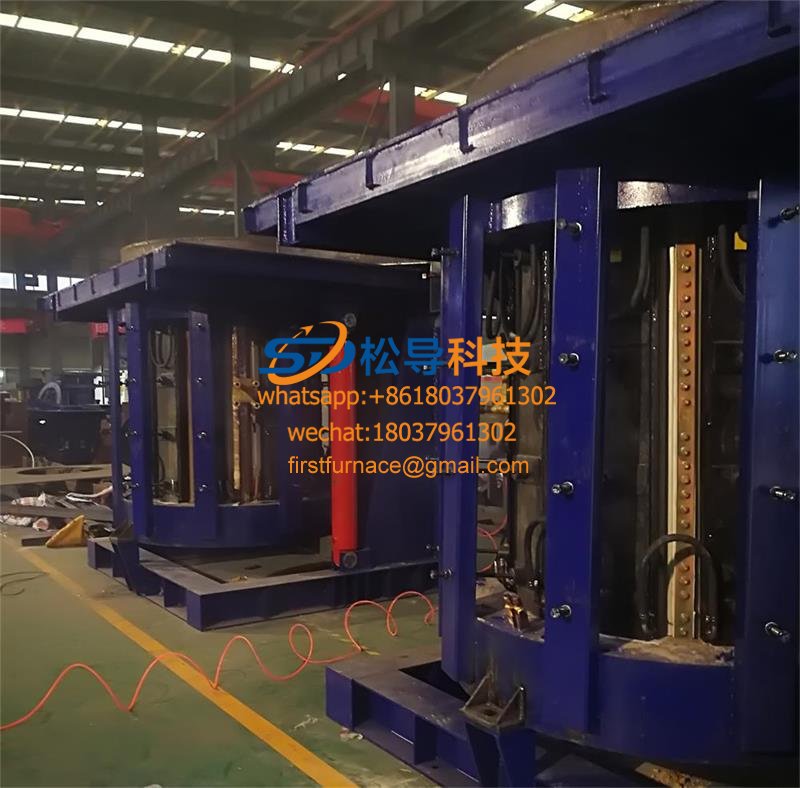
5T Parallel Intermediate Frequency Furna
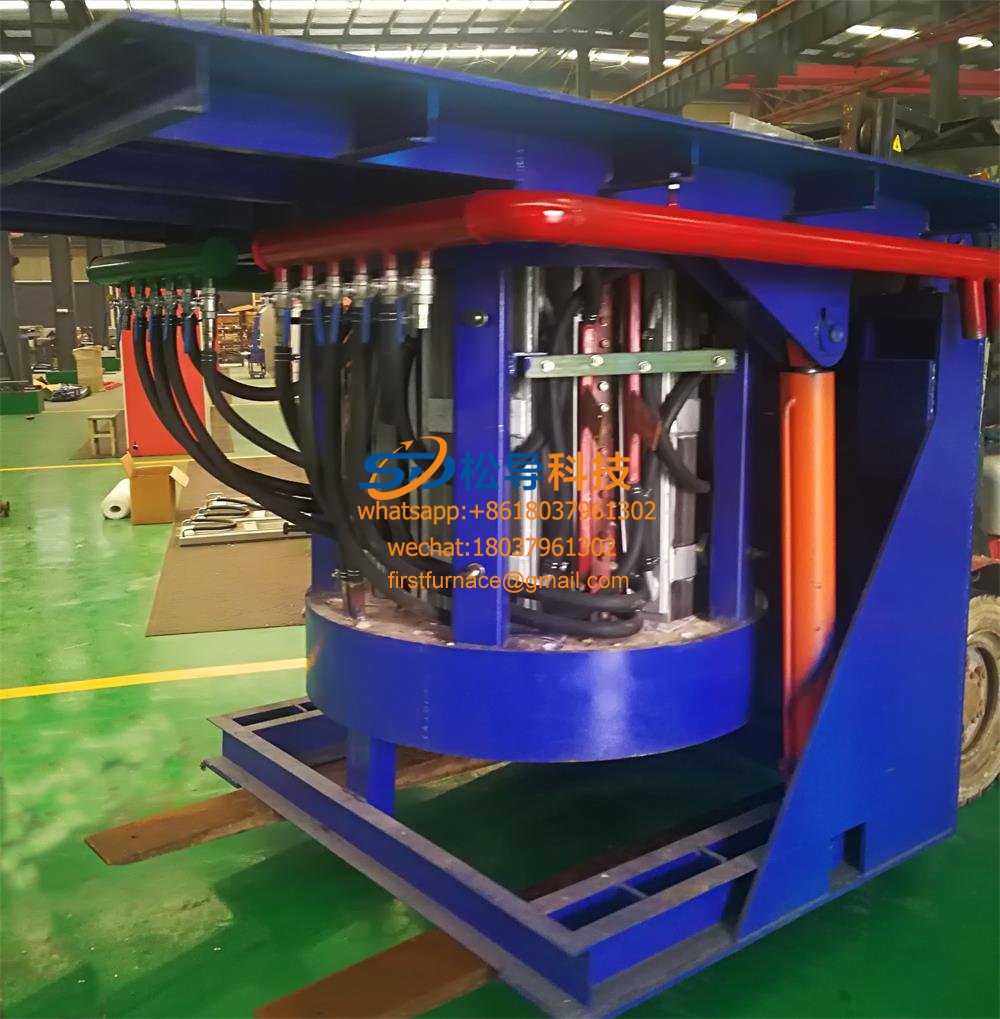
5T Intermediate Frequency Furnace

5T Series Intermediate Frequency Furnace
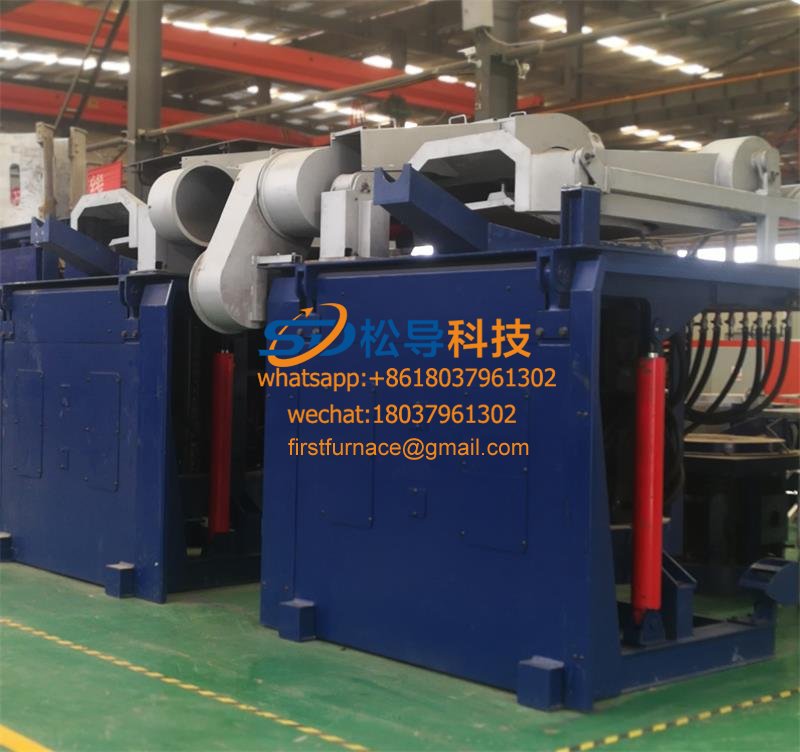
3T Series Intermediate Frequency Furnace
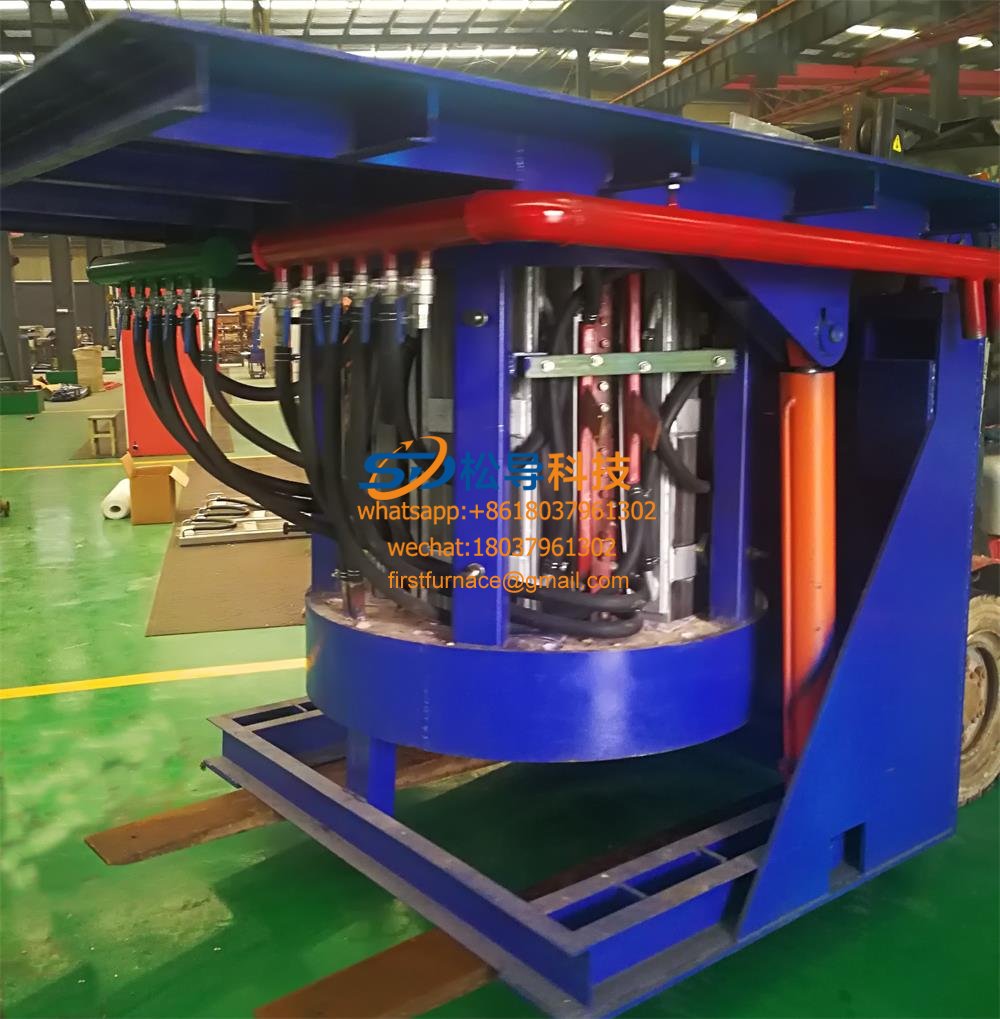
2T Series Intermediate Frequency Furnace
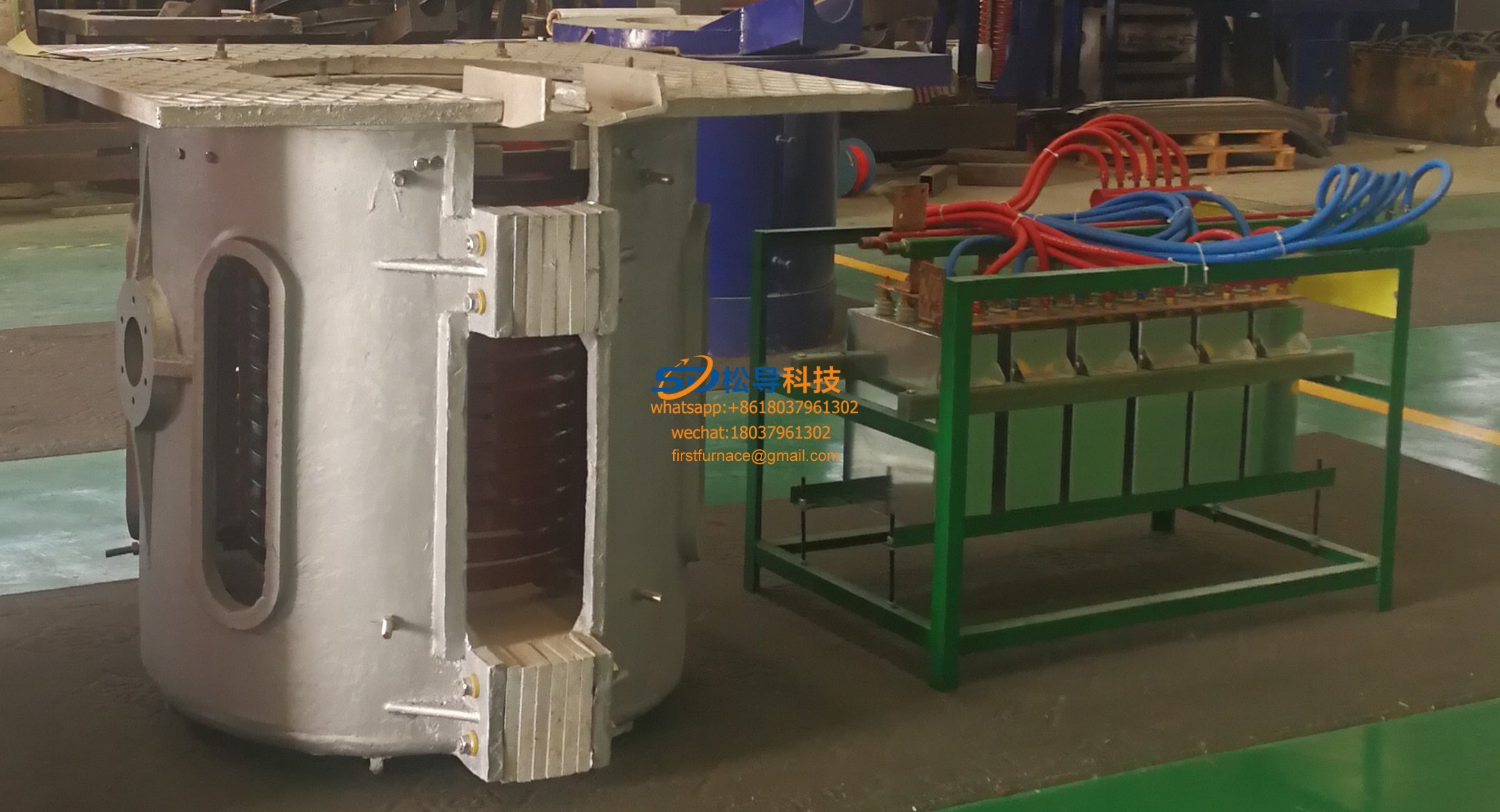
1T Series Intermediate Frequency Furnace
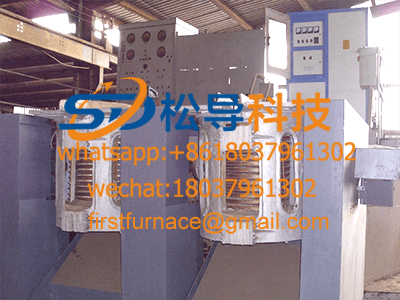
0.5T Series Intermediate Frequency Furna

0.25T Series Intermediate Frequency Furn

1T Parallel Intermediate Frequency Furna
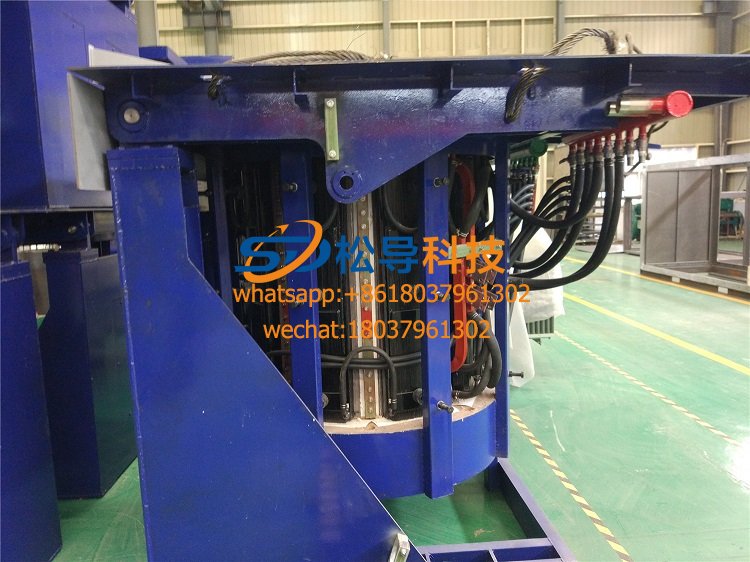
2T Parallel Intermediate Frequency Furna
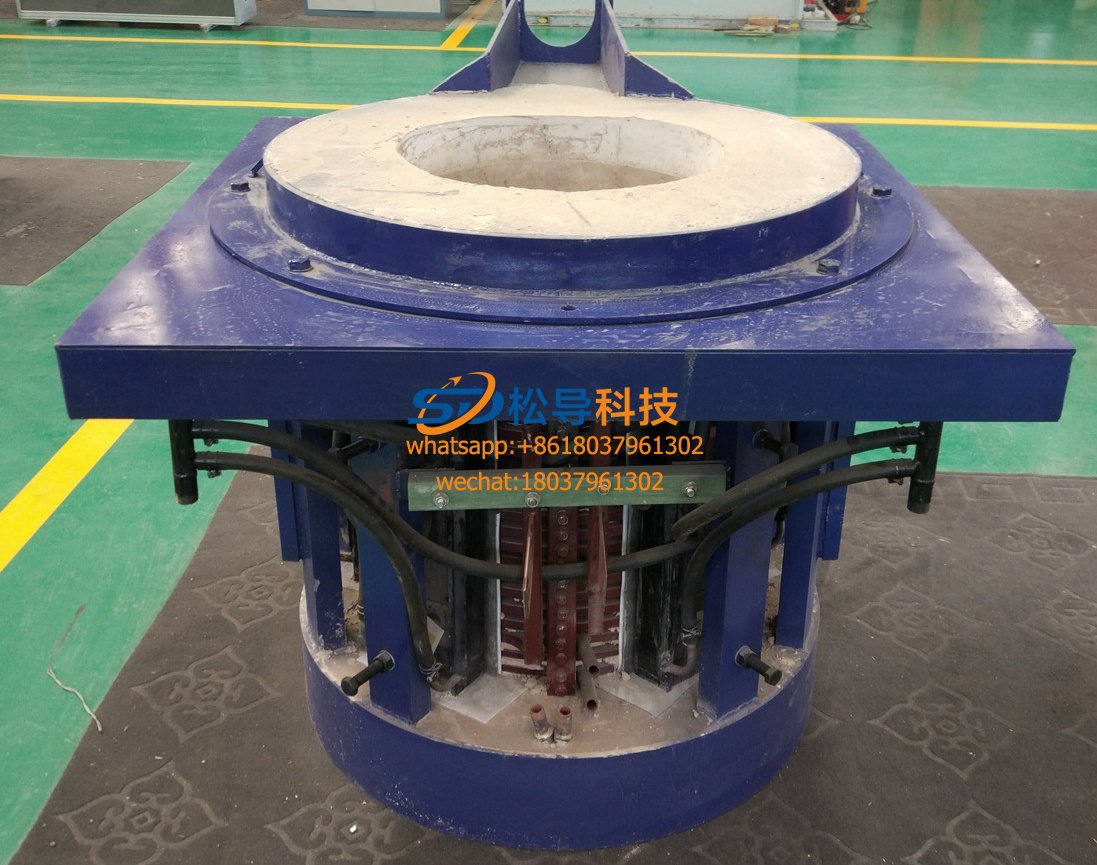
0.5T Parallel Intermediate Frequency Fur






